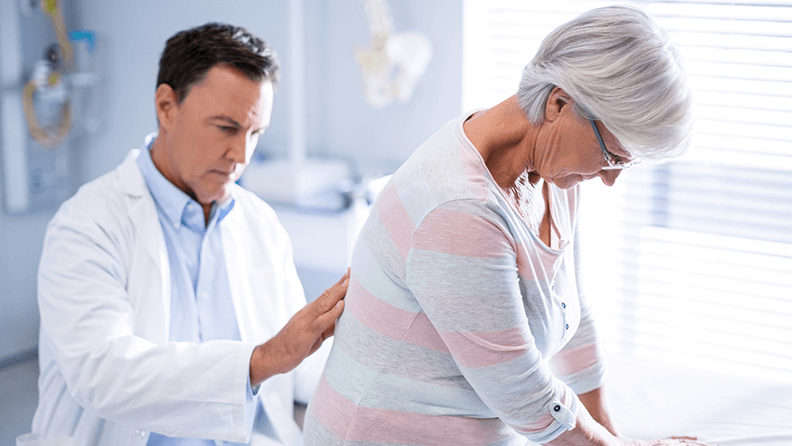Facing the Inevitable: The Aches and Pains of Aging and Osteoarthritis
&srotate=0)
The Clock Doesn't Stop for Anyone
As the human body ages, it becomes increasingly fragile with joint movement. By around age 30, the average human begins to lose bone density and muscle mass throughout the body, both of which may cause straining and pain in joints. The pain caused by this can further result in falls and subsequent fractures or injuries. Questions surrounding the health implications due to aging, such as aches and pains, have been thoroughly researched so scientists can better understand what is—whether we wish to admit or not—inevitable for everyone.
Let's Talk About Joint Pain
Degenerative joint disease osteoarthritis , joint degeneration, and osteoarthritis (OA) all refer to the same condition, characterized by cartilage within a joint breaking down and resulting in greater friction between associated bones. This increased bone-on-bone interaction can cause the underlying bone structure and density to further change. Unfortunately, this only compounds the issues present and further causes the cartilage in a joint to wear away. Symptoms associated with OA include aching, soreness, pain, and reduced mobility in a joint. This disease affects both men and women because the muscles and bones for both sexes are susceptible to the natural tendency to become more fragile, smaller/less dense, or lose some of their strength over time. Unlike infants who have a similar fragile structure, aging runs the process of growth and development in reverse, only making movement and flexibility more difficult.
Taking a Closer Look at Osteoarthritic Pain
Osteoarthritis is the most common form of arthritis among elderly people and is frequently the cause of physical disability among older adults. Osteoarthritic pain tends to exist in areas of the neck, joints, hands, hips, or lower back; the joints either become stiff, leathery, crackling, swollen, or tender. For many, the weather may have a noticeable impact on the level of pain experienced, with highest-rating pain associated with the changing of air pressure before and during rainfall. The article, Truth About Arthritis and Weather summarizes the associated findings, reporting that “...there’s plenty of anecdotal evidence about the relationship between arthritis symptoms and weather. Most people who believe their arthritis pain is affected by weather say they feel more pain in cold, rainy weather than in warm, dry weather.”
What Do the Numbers Say?
According to the U.S. Centers for Disease Control and Prevention (CDC), about 52.5 million adults in the United States have some form of arthritis. Osteoarthritis, in particular, affects about 32.5 million of these adults, which comes out to over 60% of cases. Even 294,000 children under age 18 have arthritis or some other form of rheumatic disease. This implies that anyone can develop arthritis, with the risk increasing alongside age and triggered genetic profiles. Where do we go from here?
How Can You Relieve This Pain?
There are a suggested number of treatments that come into consideration when attempting to reduce joint pain and swelling of joints temporarily. Conservative approaches such as bracing, regular stretching, aquatic exercises, heating pads, and cold packs are usually among the first considered options. Interventional pain medicine and regenerative medicine procedures are often the next line of treatment considered when preliminary treatments prove unsuccessful at reducing osteoarthritic pain.
- The common applications of interventional medicine include gel injections for the knees and other joints, as well as epidural steroid injections for the back. It is important to maintain as regular occupational or physical therapy regiment after receiving these treatments, though, because they ensure continued proper form.
- The common applications of regenerative medicine include platelet rich plasma (PRP) injections and stem cell procedures. These are especially helpful in providing long-term relief to the respective areas in good candidates. It is important that the appropriate criteria is met, which often relates to the severity of the osteoarthritic pain. For low-range to middle-range osteoarthritic pain, PRP injections are most often recommended; for extreme cases of osteoarthritic pain, stem cell procedures may be a better fit.
While there is currently no cure for arthritis, there are numerous treatments that can help to reduce inflammation and stiffness in your joints, ideally promoting long-term pain relief. Book an appointment with the Ospina Medical doctors to find out how we can help you relieve your osteoarthritic pain!
Written By: Navya Kalidass
Edited By: Camden Rowe